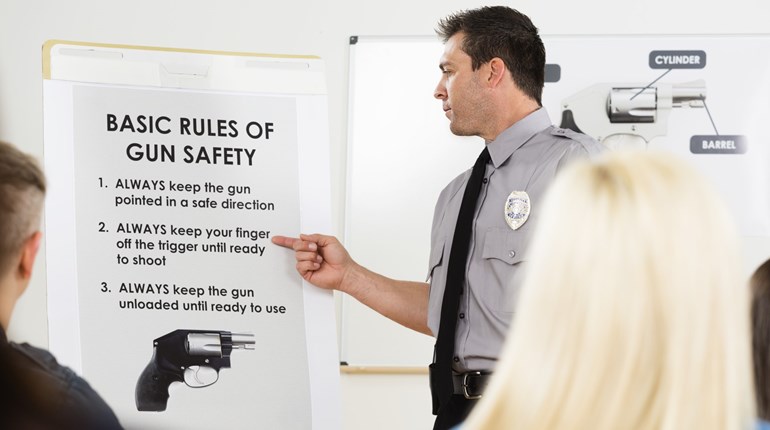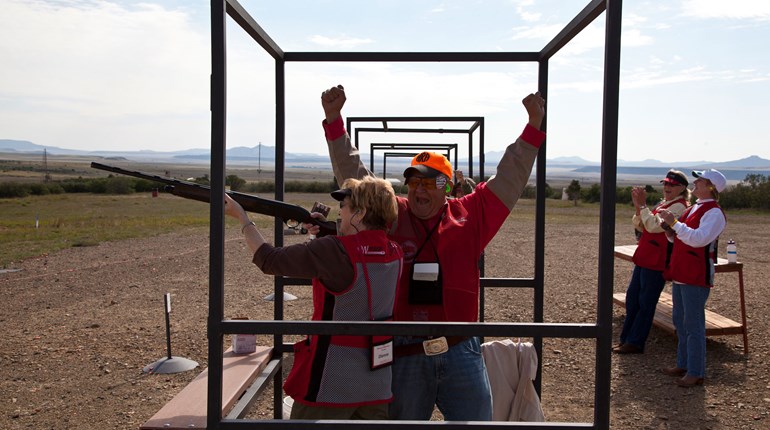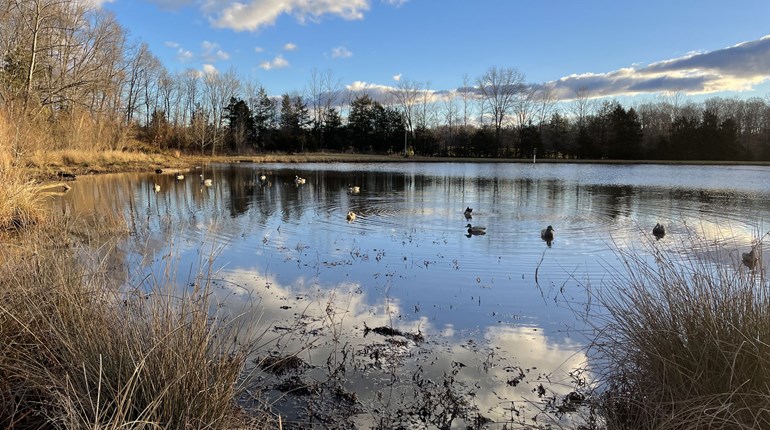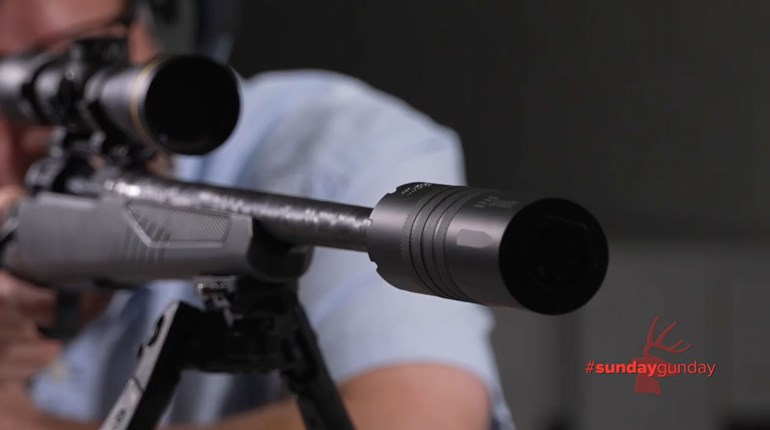
For those of us living in whitetail country, the sight of road-killed deer on the shoulder is almost as a reliable harbinger of autumn as the appearance of pumpkin-spice-flavored well…everything. However, if you live in an area where moose are prevalent, the risk of hitting one with your automobile is also very real—with considerably more dire potential consequences. Consider this: The average moose weighs half a ton, sometimes more. They are 6 feet tall at the shoulder, which means that striking one with even a tall truck will mean that the moose’s body can impact your windshield, not your bumper. So while hitting a whitetail or mule deer may mean costly auto repairs, a collision with a moose offers real risk of injury or death to the driver.
From now through November, as moose seek their mates, it’s particularly important to be on alert for these massive cervids. Fortunately, the New Hampshire “Brake for Moose” campaign has some tips to help keep you and your family safe.
- Be aware that moose are hard to see at night. Their height means that your headlights will often only reveal their legs, which are the same color as the pavement.
- Unlike with whitetails, you can’t count on seeing "eye shine." Moose eyes do reflect light, but your headlights won't reach that high.
- Moose are attracted to salt caused by winter road management, so that’s why you may see them on or very near the road.
- Most collisions happen at dawn or dusk, but they can happen at any time of day. Stay alert!
- Try not to drive faster than 55 mph. There is a strong correlation between speed and the severity of an accident.
- Wear your seatbelt.
- Scan the sides of the roads.
- Use high beams whenever it’s possible and safe to do so.
- Don't count on moose stopping when they see you. They are very unpredictable. Stop the car if necessary and wait.
- Be particularly attentive and drive slowly where moose road crossing signs are posted. But remember—moose cross the road wherever they like!
New Hampshire's award-winning "Brake for Moose" campaign is a collaborative effort of the NH Fish and Game Department, NH Department of Transportation and State of New Hampshire Highway Safety Agency. For more information, click here!







































